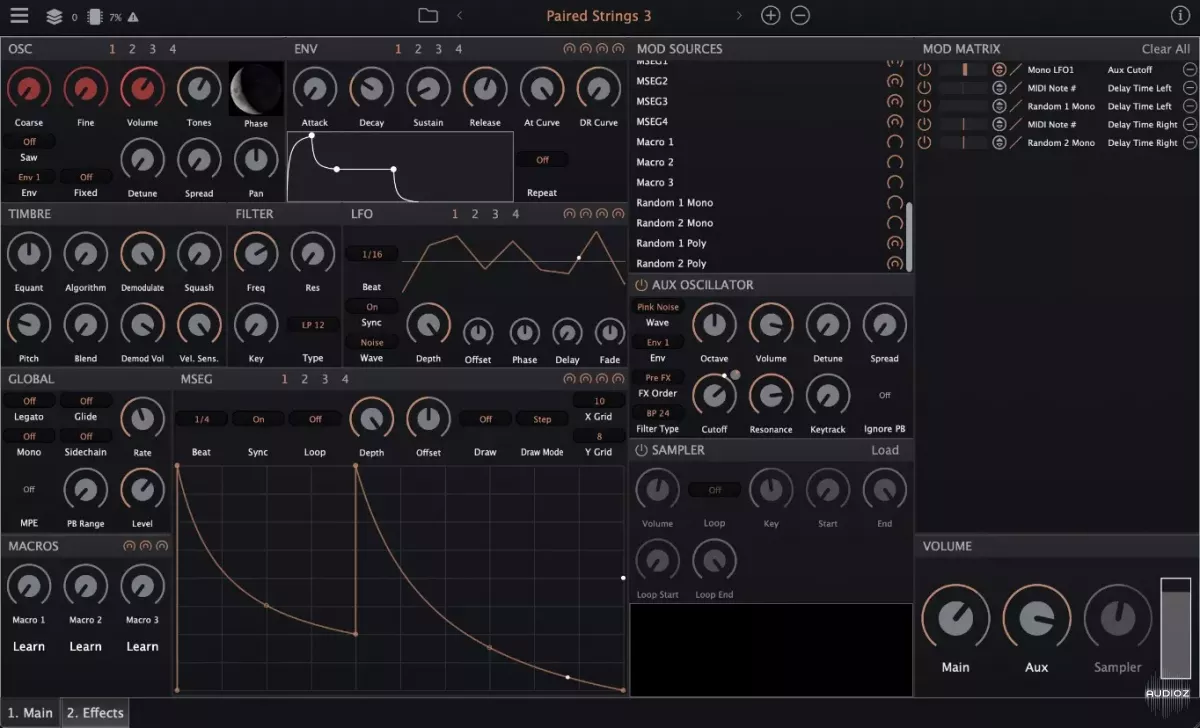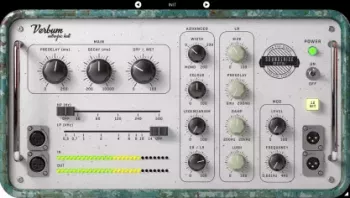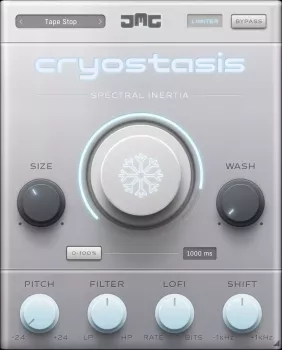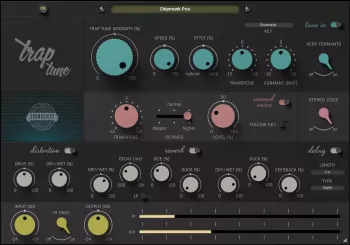20/07/2024 | VST3 AU LV2 LiNUX WiN MAC | 45 MB
英文简介:
Audible Planets is an expressive, quasi-Ptolemaic semi-modular synthesizer.
Features:
"Orbital Modulation" (OM) synthesis.
Modulation matrix with monophonic and polyphonic modulation for most parameters.
Built-in effects chains.
![Greg Recco Audible Planets Synthesizer v1.1.4 VST3 AU LV2 LiNUX WiN MAC [FREE] screenshot Greg Recco Audible Planets Synthesizer v1.1.4 VST3 AU LV2 LiNUX WiN MAC [FREE] screenshot](https://audioz.download/uploads/posts/2024-07/1721454797_3174274516.webp)
Overview
Four bodies revolve with uniform circular motion, each around one of the others or, in the case of the first body, a fixed central point. Each body around which no other body revolves serves as an oscillator, producing sound. The interpretation of these terminal bodies as oscillators depends on their positions as viewed from a point that is either at the fixed center of revolution or nearby, at a point called the "equant," more in honor of Ptolemy than in strict adherence to his system (hence "quasi-Ptolemaic").
In the engine's fully modulated state (i.e., with the "Demodulate" knob turned all the way down), only the direction of a line connecting the equant to the terminal body matters to the sound, just as, in Ptolemy's system, the distances of the heavenly bodies are unknown. This system of sound generation closely resembles frequency modulation (FM) synthesis. The relative speeds of revolution of the various bodies have their analogues in the frequencies of so-called "carrier" and "modulator" (or "operator") waves in traditional FM synthesis. Accordingly, the interface allows both ("coarse") whole-number and ("fine") fractional variation of these relative frequencies, producing a wide array of timbres, from the pure and simple to the densely inharmonic. An animation of a simplified orbital model (only two planets, no equant) can be viewed here: click on the circles beside the "P2," "demod," and "mod" folders to show the second planet, the demodulated signal, and the modulated signal.
Operation
Enough of that. How to use this thing?
Installation
The plugin is available in VST3, LV2 (both for Windows, Mac OS, Linux), and AU (for Mac OS only) formats, here.
Since there is no installer, you will have to place the plugin file in the right place yourself. On Windows, place the VST3 file in /Program Files/Common Files/VST3. On Mac OS, place the VST3 file in ~/Library/Audio/Plug-Ins/VST3 and/or the AU file in ~/Library/Audio/Plug-Ins/Components. (You will need the AU component if you plan to run the synth in Logic or GarageBand.) On Linux, place the VST3 file wherever your DAW looks for it, which should include ~/.vst3 as a default. More info on default VST3 file locations here and LV2 locations here. On a Mac, you will need to take the additional step of authorizing the plugin to run, either from the Privacy & Security settings panel, or by typing xattr -dr com.apple.quarantine
Changelog:
Version 1.1.4
-- bug fix: show correct repeat controls (beats/time) in envelope
-- random mod sources now update when voice is retriggeredVersion 1.1.3
-- a modest collection of built-in presets is now included
-- new mod sources: 2 random values (mono or poly) on note on and also note off velocity
-- new font for UI
-- some "stepped" parameters removed from modulation matrixv1.1.2
-- removed zombie mod slider sources when switching between presets
-- fixed sampler looping crossfade for most cases
-- new modulation sources: random value on note on (mono and poly)UPDATE (1.1.2a): universal binaries for Mac and a bug fix
v1.1.1
rearranged panes1.1.1a update: included universal binaries for Mac
v1.1.0
Streamlined main page so more controls are available in one place.
官网: https://github.com/gregrecco67/AudiblePlanets







评论0